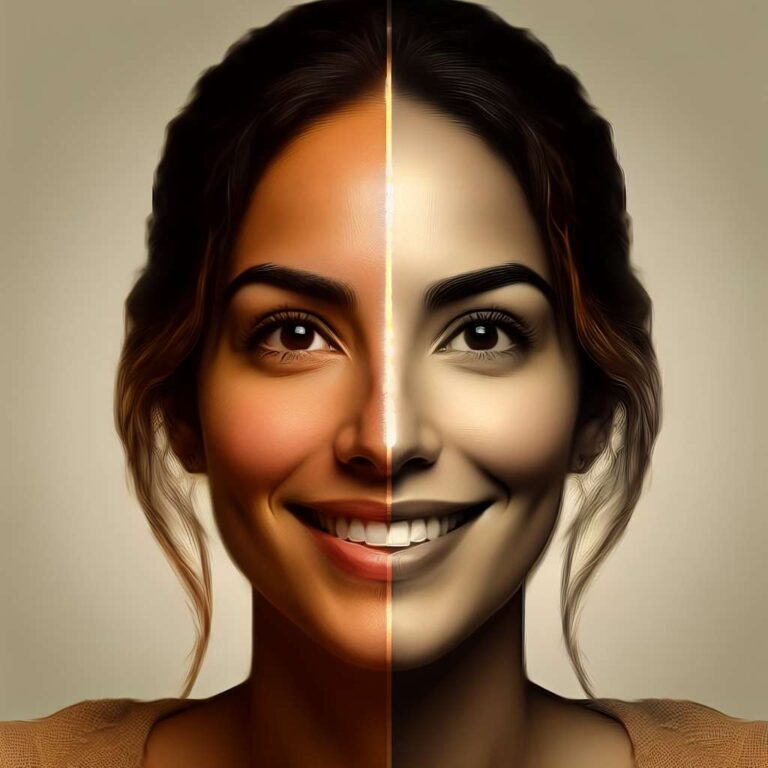Face swap technology has rapidly evolved from simple, fun party tricks to intricate digital manipulations powered by advanced Artificial Intelligence. Initially, face swaps involved basic 2D face detection and overlay techniques, popularized by early mobile apps and filters. These early methods used algorithms to detect facial landmarks, create a mask, and cut-and-paste features onto another image—often resulting in funny but obviously edited results, complete with mismatched lighting and visible seams that became staples of meme culture.
The field has since advanced with the introduction of generative adversarial networks, widely known as GANs. Now, Artificial Intelligence algorithms can create seamless, hyper-realistic face swaps, overcoming earlier limitations. This process involves two neural networks—the generator and the discriminator—engaged in a digital contest, each trying to outsmart the other. Over countless iterations, the generator learns to create face swaps so convincing they can fool the discriminator. The result is a new class of deepfake media that is nearly indistinguishable from genuine photos or videos, raising both creative and ethical considerations.
Users seeking either the most comical or most realistic swaps encounter two distinct approaches. For laughs, quick mobile apps and online tools are ideal, thriving on mismatched images and visible errors. For realism, professional-grade software like DeepFaceLab and high-end Artificial Intelligence tools offer near-perfect blending, matched lighting, and lifelike movement, though this requires high-quality images, careful selection of source material, and significant processing power. Regardless of approach, best practices include choosing high-resolution, well-lit images with similar angles and expressions to achieve optimal results. Post-processing with photo editors can enhance realism even further.
With great power comes new responsibility. Face swap tools present real privacy and security risks: users often upload sensitive biometric data, making it crucial to select reputable apps with clear privacy policies and secure data handling. Malicious uses of deepfakes—such as misinformation, harassment, or nonconsensual content—underscore the ethical complexities of this technology. Detecting manipulated media requires attention to inconsistencies in skin texture, unnatural edges, strange blinking, or mismatched lighting. Even as technology advances, the ´uncanny valley´ often signals there´s something off about a swap. Informed users should read app reviews, monitor data policies, and consider watermarks for transparency.
In summary, face swap technology encapsulates both digital creativity and modern challenges. It delights meme enthusiasts and creatives alike but also demands vigilance—understanding the mechanics, being mindful of risks, and spotting digital manipulation arms everyone with the skills for fun and safety in the Artificial Intelligence age.

